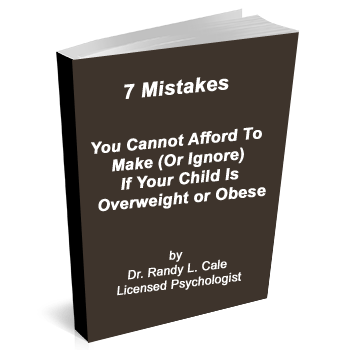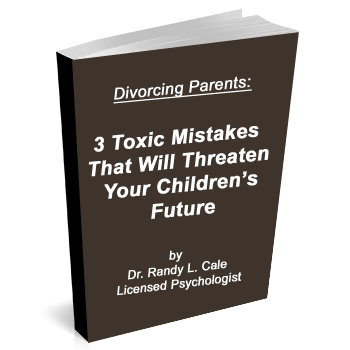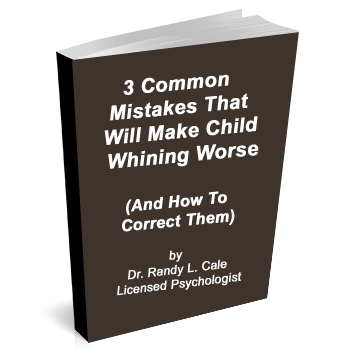Parents often describe their child as “sensitive” with a kind of hopeful pride, as if this trait grants access to some emotional superpower. They imagine a child who is unusually compassionate, deeply connected to others, and tuned in to the subtler layers of human experience. And while that certainly sounds appealing, it is rarely what’s actually happening.
Beneath that label, in most homes, is a child who is easily overwhelmed, often emotionally hurt, and struggling to navigate a world that feels too big and too fast for their nervous system. This misunderstanding matters because it shapes how parents respond – and unfortunately, the typical response often amplifies the very struggle they hope to soothe.
Sensitivity, as most parents describe it, is not a strength. It does not predict compassion, maturity, insight, or emotional skill. Instead, it often signals a nervous system that reacts too quickly, escalates too intensely, and struggles to settle back down. Even the smallest slight gets taken personally, exposing a sense of self that’s painfully fragile. And it can place the child at a distinct disadvantage if parents treat emotional fragility as evidence of emotional advantage.
Many sensitive children, in fact, show less empathy in the moment, not more. Their emotional bandwidth collapses under stress. They turn inward, not outward. They feel threatened, not inspired to care for others. This is why the “compassionate old soul” narrative often doesn’t hold up under clinical scrutiny. These children aren’t absorbing more of the world – they’re overwhelmed by it. What looks like depth is often dysregulation because minor offenses land like major wounds. And when parents don’t see this clearly, they begin protecting, cushioning, and accommodating in ways that inadvertently grow emotional weakness.
The Real Cost of Misunderstanding ‘Sensitivity’
When a child’s sensitive moments are misinterpreted, parents respond with soothing, explaining, rescuing, and emotional hand-holding. They lower expectations, rush to comfort at every tear, and build the world around avoiding upset. This is understandable – parents want to support. But these well-intended strategies fuel emotional fragility. The child learns that their reactions are not only tolerated, but validated and rewarded. Upset leads to special treatment. Tears lead to parental rescue. Distress becomes a shortcut to influence. And slowly, the child’s threshold for frustration drops even lower.
This pattern grows into a feedback loop: the more parents accommodate, the more ‘sensitive’ the child becomes, and with the increased reaction, the more parents accommodate. Naturally, children would want to avoid situations that cause these upsets, so these young personalities develop coping strategies. Over time, we see escalating avoidance, anxiety creeping into daily life, perfectionism developing in unexpected corners, and an almost complete intolerance of discomfort. The world is truly mean and unfriendly, because what should roll off their back instead cuts deeply. Children who begin with mild reactivity end up deeply fragile – not because of who they are, but because their emotional storm keeps getting fed. The household starts revolving around the child’s sensitivities, and everyone becomes exhausted – especially the child.
From Sensitive to Strong:
The Path to Thriving
Fortunately, emotional fragility is not a life sentence. With a clear-eyed understanding of what’s really happening – and a parent willing to lead the way – these children can grow stronger, more resilient, and remarkably capable. Here are the core steps that consistently help reactive, “sensitive” children thrive.
1. Stop turning emotional intensity into a special event.
Parents often rush in with soothing, explanations, or excessive empathy when big feelings erupt. This attention – though loving – feeds the storm. Instead, stay calmly present while keeping the moment
2. Build predictable routines that anchor the nervous system.
Sensitive children thrive on structure because it reduces uncertainty, which is one of their primary triggers. Morning routines, after-school expectations, and consistent bedtime rhythms give the brain a sense of safety. Predictability isn’t boring; it’s stabilizing.
3. Introduce small, daily doses of frustration.
Avoiding difficulty sends the message that discomfort is dangerous. Instead, allow the child to experience small challenges – tolerating a sibling, losing a game, witnessing a bit of frustration, waiting their turn, handling a minor disappointment. Notice the recovery, not the collapse. This is how emotional muscle grows.
4. Hold behavioral limits with warmth, clarity, and zero drama.
A reactive child needs a parent who acts like a lighthouse – steady, predictable, and unshakable in storms. No lecturing. No negotiating. No escalating. A clear boundary delivered with calm authority is more regulating than a thousand comforting words.
A Final Word for Parents
Your child doesn’t need emotional bubble wrap; they need guidance that builds strength. Sensitivity, as most families use the term, is not an emotional advantage – it’s a vulnerability that becomes more costly when misunderstood. With the right approach, your child can learn to handle the world with confidence rather than overwhelm. The goal is not to preserve their fragility but to help them grow past it. And with intentional leadership, they will.














